Caltech’s recent breakthrough has moved us closer to achieving the transformative potential of space-based solar power.
Category: solar power – Page 53
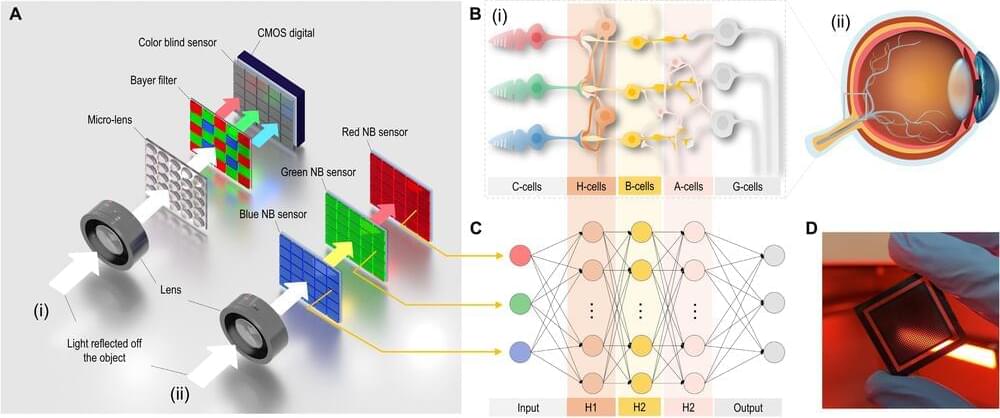
Perovskite Sensor Array Emulates Human Retina For Panchromatic Imaging
The mammalian retina is a complex system consisting out of cones (for color) and rods (for peripheral monochrome) that provide the raw image data which is then processed into successive layers of neurons before this preprocessed data is sent via the optical nerve to the brain’s visual cortex. In order to emulate this system as closely as possible, researchers at Penn State University have created a system that uses perovskite (methylammonium lead bromide, MAPbX3) RGB photodetectors and a neuromorphic processing algorithm that performs similar processing as the biological retina.
Panchromatic imaging is defined as being ‘sensitive to light of all colors in the visible spectrum’, which in imaging means enhancing the monochromatic (e.g. RGB) channels using panchromatic (intensity, not frequency) data. For the retina this means that the incoming light is not merely used to determine the separate colors, but also the intensity, which is what underlies the wide dynamic range of the Mark I eyeball. In this experiment, layers of these MAPbX3 (X being Cl, Br, I or combination thereof) perovskites formed stacked RGB sensors.
The output of these sensor layers was then processed in a pretrained convolutional neural network, to generate the final, panchromatic image which could then be used for a wide range of purposes. Some applications noted by the researchers include new types of digital cameras, as well as artificial retinas, limited mostly by how well the perovskite layers scale in resolution, and their longevity, which is a long-standing issue with perovskites. Another possibility raised is that of powering at least part of the system using the energy collected by the perovskite layers, akin to proposed perovskite-based solar panels.

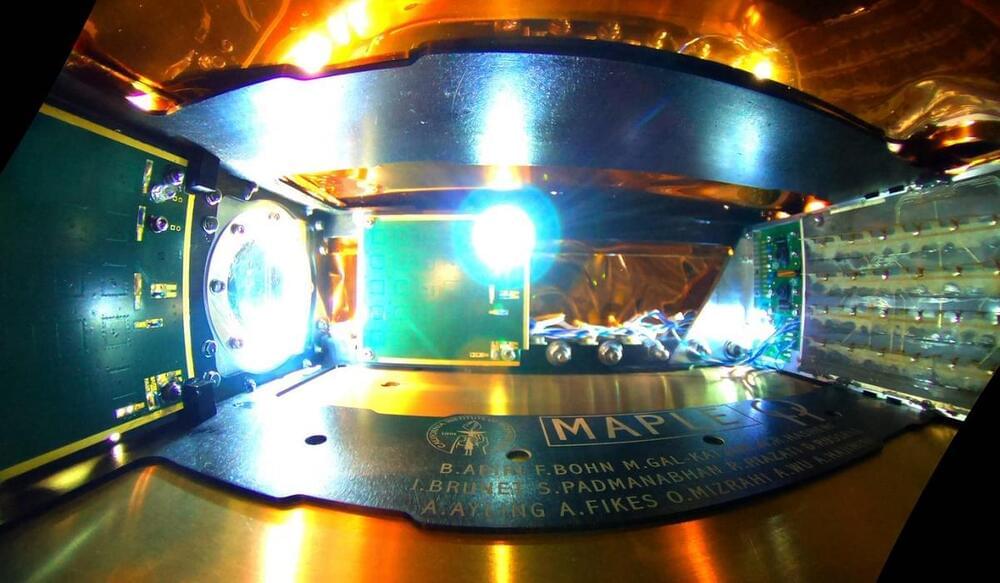
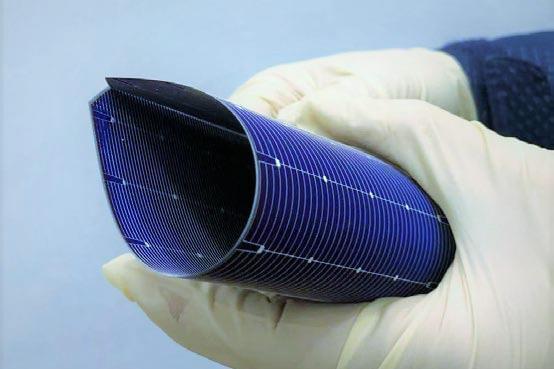
Flexible silicon solar cells could be rolled out on tricky to cover buildings
The flexible silicon solar cell could find use in places where more expensive solar cells might have been favoured.
A new technique for producing silicon solar cells that are more than 24% efficient and yet can be rolled up like a sheet of paper has been demonstrated. The work could allow solar cells to be used in applications that currently use more expensive thin-film alternatives.

Japanese researchers want to demonstrate space-based solar power by 2025
The country has led the research effort for many decades and now wants to be the first to achieve the goal.
A partnership between a private entity and Japan Aerospace Exploration Agency (JAXA) is working toward beaming solar power from space. If all goes well, the partnership could run its first trial as early as 2025, just a couple of years from now, Japanese media outlet Nikkei.
Space-based solar power was first suggested by Czech-born NASA engineer Peter Glaser in 1968. Geopolitical conditions just a couple of years later led to the oil shock decade of the 1970s, when the idea received support from NASA and the U.S. Department of Energy.
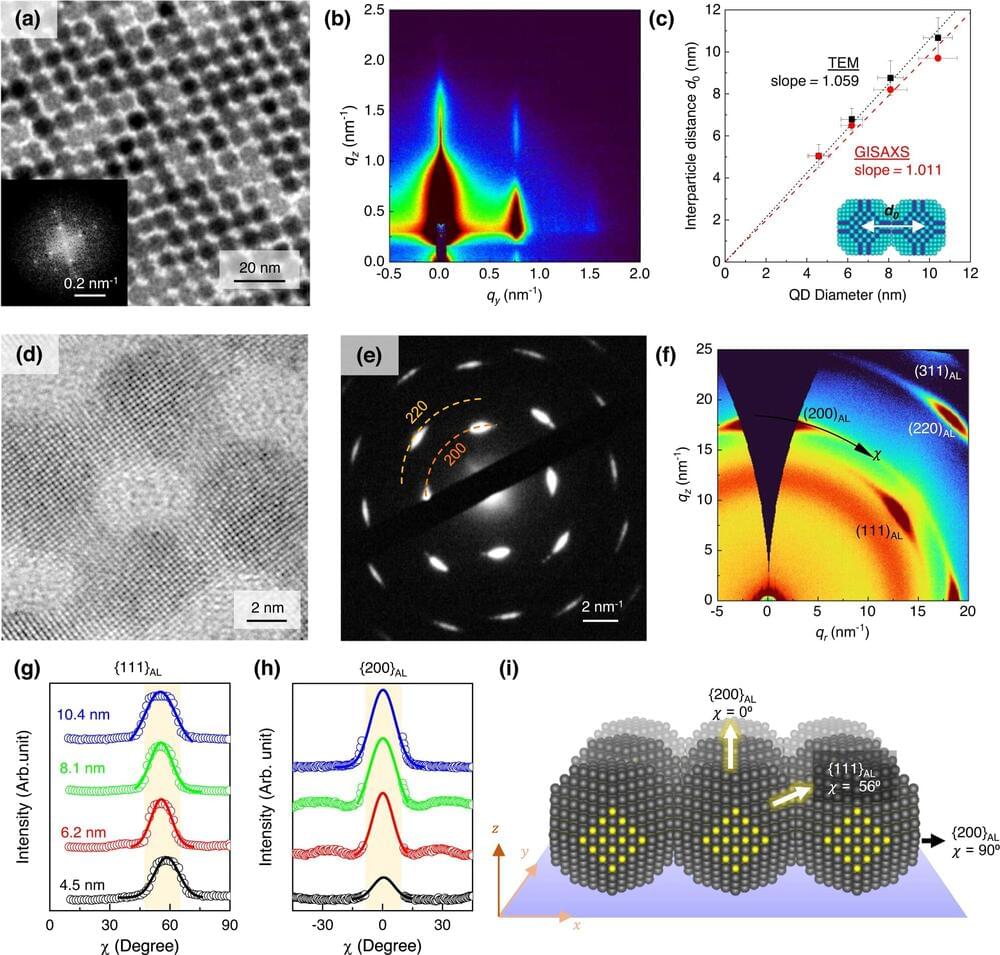
Forging a dream material with semiconductor quantum dots
Researchers from the RIKEN Center for Emergent Matter Science and collaborators have succeeded in creating a “superlattice” of semiconductor quantum dots that can behave like a metal, potentially imparting exciting new properties to this popular class of materials.
Semiconducting colloidal quantum dots have garnered tremendous research interest due to their special optical properties, which arise from the quantum confinement effect. They are used in solar cells, where they can improve the efficiency of energy conversion, biological imaging, where they can be used as fluorescent probes, electronic displays, and even quantum computing, where their ability to trap and manipulate individual electrons can be exploited.
However, getting semiconductor quantum dots to efficiently conduct electricity has been a major challenge, impeding their full use. This is primarily due to their lack of orientational order in assemblies. According to Satria Zulkarnaen Bisri, lead researcher on the project, “making them metallic would enable, for example, quantum dot displays that are brighter yet use less energy than current devices.”
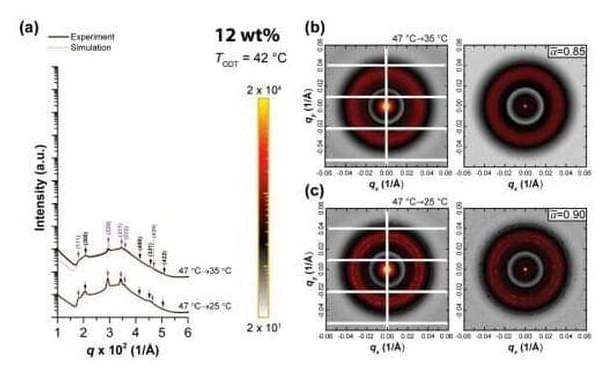
Researchers transform our understanding of crystals
When most people think of crystals, they picture suncatchers that act as rainbow prisms or the semi-transparent stones that some believe hold healing powers. However, to scientists and engineers, crystals are a form of materials in which their constituents—atoms, molecules, or nanoparticles—are arranged regularly in space. In other words, crystals are defined by the regular arrangement of their constituents. Common examples are diamonds, table salt, or sugar cubes.
However, in research just published in Soft Matter, a team led by Rensselaer Polytechnic Institute’s Sangwoo Lee, associate professor in the Department of Chemical and Biological Engineering, discovered that crystal structures are not necessarily always regularly arranged. The discovery advances the field of materials science and has unrealized implications for the materials used for semiconductors, solar panels, and electric vehicle technologies.
One of the most common and important classes of crystal structures is the close-packed structures of regular spheres constructed by stacking layers of spheres in a honeycomb arrangement. There are many ways to stack the layers to construct close-packed structures, and how nature selects specific stacking is an important question in materials and physics research. In the close-packing construction, there is a very unusual structure with irregularly spaced constituents known as the random stacking of two-dimensional hexagonal layers (RHCP). This structure was first observed from cobalt metal in 1942, but it has been regarded as a transitional and energetically unpreferred state.
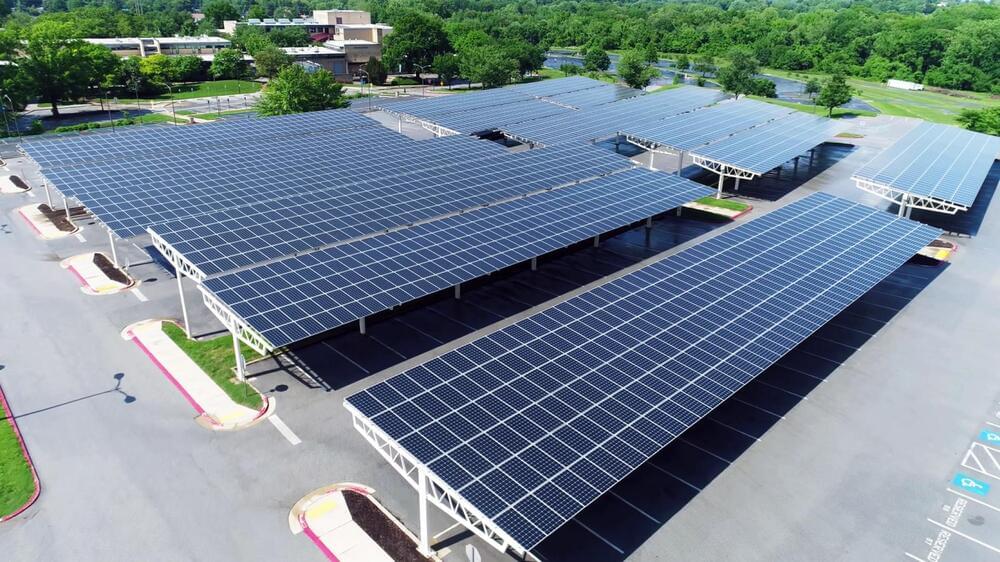
Powering the future: How car parks are transforming into solar energy hubs
Discover how car parks are evolving into solar powerhouses, generating clean energy, reducing costs, and shaping a sustainable future.
Imagine this: a car park with sleek solar panels mounted on jet-black steel supports, harnessing the sun’s energy while providing shade for parked vehicles.
This groundbreaking concept is becoming a reality in car parks across the UK, offering much more than just parking spaces.

Spain powered itself with renewable energy for nine straight hours
The country’s government recently announced a €2 billion fund aimed at tackling its severe drought problem.
Spain hit an impressive renewable energy milestone last week when it was powered solely by renewables for nine hours straight.
Energy generated by solar panels, wind turbines, and hydro energy was able to power mainland Spain from 10 am to 7 pm local time (CEST) on Tuesday, May 16, a report from Spanish newspaper El País reveals.